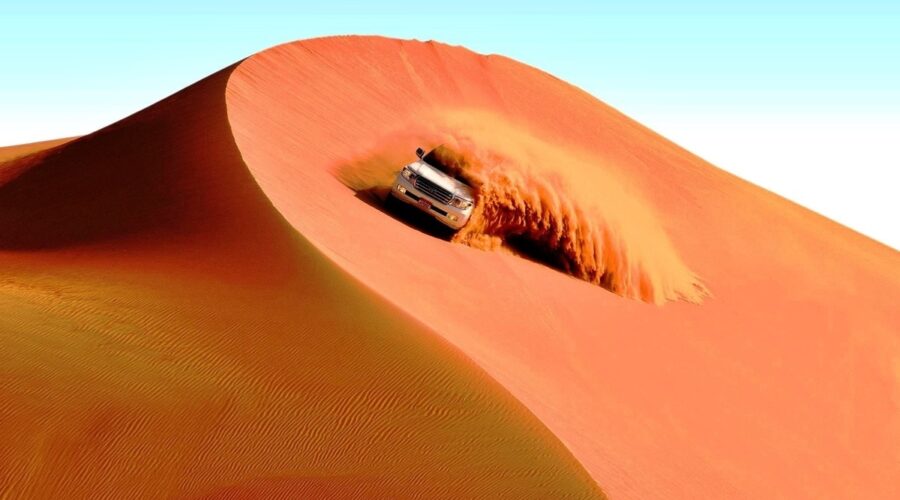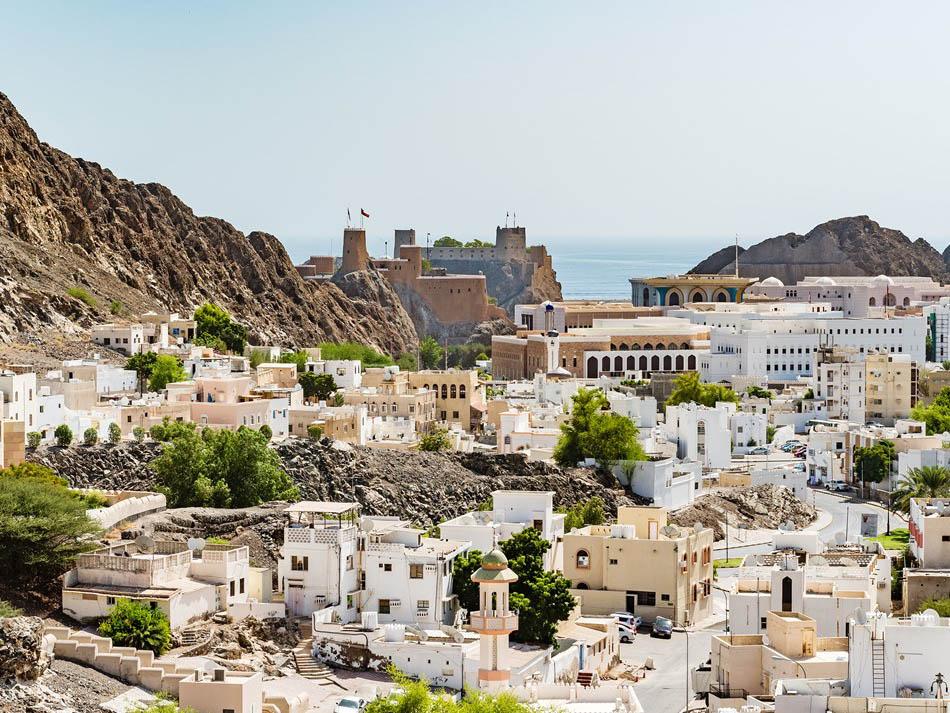1. What is the best time to visit Oman?
The best time is between October and April when the climate is cooler, ideal for exploring deserts, beaches, and cities.
2. Do I need a visa to visit Oman?
Most travelers require an e-visa, easily available online. Some nationalities are eligible for visa-free entry.
3. Is Oman safe for tourists?
Oman is considered one of the safest countries in the Middle East, known for hospitality and friendly locals.
4. What currency is used in Oman?
The Omani Rial (OMR) is the official currency. Credit cards are widely accepted in cities.
5. Can women travel alone in Oman?
Yes, Oman is very safe for solo female travelers. Modest dress is recommended in public places.
6. What languages are spoken in Oman?
Arabic is the official language, but English is widely understood in cities and tourist areas.
7. What are the top attractions in Muscat?
Highlights include Sultan Qaboos Grand Mosque, Muttrah Souq, Royal Opera House, and Al Jalali Fort.
8. Can I drink alcohol in Oman?
Yes, alcohol is served in licensed hotels, restaurants, and bars, but not in public spaces.
9. What is the local food like in Oman?
Omani cuisine includes rice, grilled meats, dates, and seafood. Popular dishes include Shuwa and Majboos.
10. How is transportation in Oman?
Car rental is common for tourists. Taxis are available in cities, but buses are limited.
11. Can I camp in Oman?
Yes, wild camping is legal and popular in Oman, especially on beaches and mountains.
12. What is the dress code?
Modest clothing is recommended in public areas, but resorts and private beaches allow more casual wear.
13. What deserts should I visit?
The Wahiba Sands and Empty Quarter are popular for desert safaris and camping experiences.
14. What mountains can I explore?
Jebel Shams (the Grand Canyon of Oman) and Jebel Akhdar are must-see mountain regions.
15. What are Oman’s beaches like?
Oman has pristine beaches perfect for swimming, snorkeling, and turtle watching at Ras Al Jinz.
16. Can I see dolphins in Oman?
Yes, dolphin watching tours are very popular in Muscat and Musandam.
17. Do I need travel insurance?
Yes, travel insurance is recommended and sometimes mandatory for entry into Oman.
18. How hot does Oman get?
Summer temperatures can exceed 45°C (113°F), while winters are mild and pleasant.
19. What’s unique about Omani culture?
Omanis are known for hospitality, traditional dress, and preserving heritage while embracing modernity.
20. Is photography allowed in Oman?
Photography is generally allowed, but always ask permission before photographing locals, especially women.
21. Are credit cards accepted?
Yes, widely accepted in cities, but carry cash in rural areas.
22. Can I use Uber in Oman?
No, Uber is not available, but Oman has local taxi apps like OTaxi.
23. Is tipping expected?
Tipping is not mandatory but appreciated, usually 5-10% in restaurants.
24. Can I hike in Oman?
Yes, Oman has great hiking trails in mountains and wadis (valleys).
25. What is a wadi?
A wadi is a riverbed, often with water pools and palm trees, popular for swimming and picnics.
26. Can I visit Musandam?
Yes, Musandam is famous for fjords and dhow cruises, accessible from Muscat or via UAE.
27. Is Friday a holiday in Oman?
Yes, Friday is the main weekend day, with many businesses closed until afternoon.
28. Can I buy souvenirs in Oman?
Yes, Muttrah Souq is famous for frankincense, silver jewelry, and Omani crafts.
29. What festivals are celebrated?
Major festivals include National Day (18 Nov) and religious holidays like Eid al-Fitr and Eid al-Adha.
30. Do people speak English in Oman?
Yes, English is widely spoken in Muscat and tourist areas, especially in hotels and restaurants.
31. What is the commonly spoken language in Oman? Can I get by using only English?
Most locals understand English in Muscat and larger cities. In interior regions, a guide or interpreter is recommended. A good guidebook is also useful.
32. Is there a strictly enforced dress code?
Oman is more liberal than many countries in the region, but modest clothing is expected in public and rural areas. Arms and legs should be covered, especially during public functions.
33. Is it easy to travel with small children?
Yes, Oman is family-friendly. Baby food is available, pediatricians are qualified, and malls provide play areas for children.
34. Is it OK to consume alcohol in public?
No, consuming alcohol in public is illegal. It is restricted to licensed hotels, bars, and restaurants. Duty-free purchases are limited to one bottle per person.
35. Can the elderly visit Oman in comfort?
Yes, Oman is very comfortable for elderly travelers with smooth roads, peaceful parks, and relaxed beaches.
36. How efficient is the local transport?
The ONTC runs intercity buses. Luxury coaches are offered by major hotels. Taxis and hired cars are the best way to explore cities and interiors.
37. What can I eat in Oman?
Oman offers a wide range of food due to its diverse population. You’ll find authentic Omani dishes as well as Italian, Greek, Indian, Chinese, American, and more.







